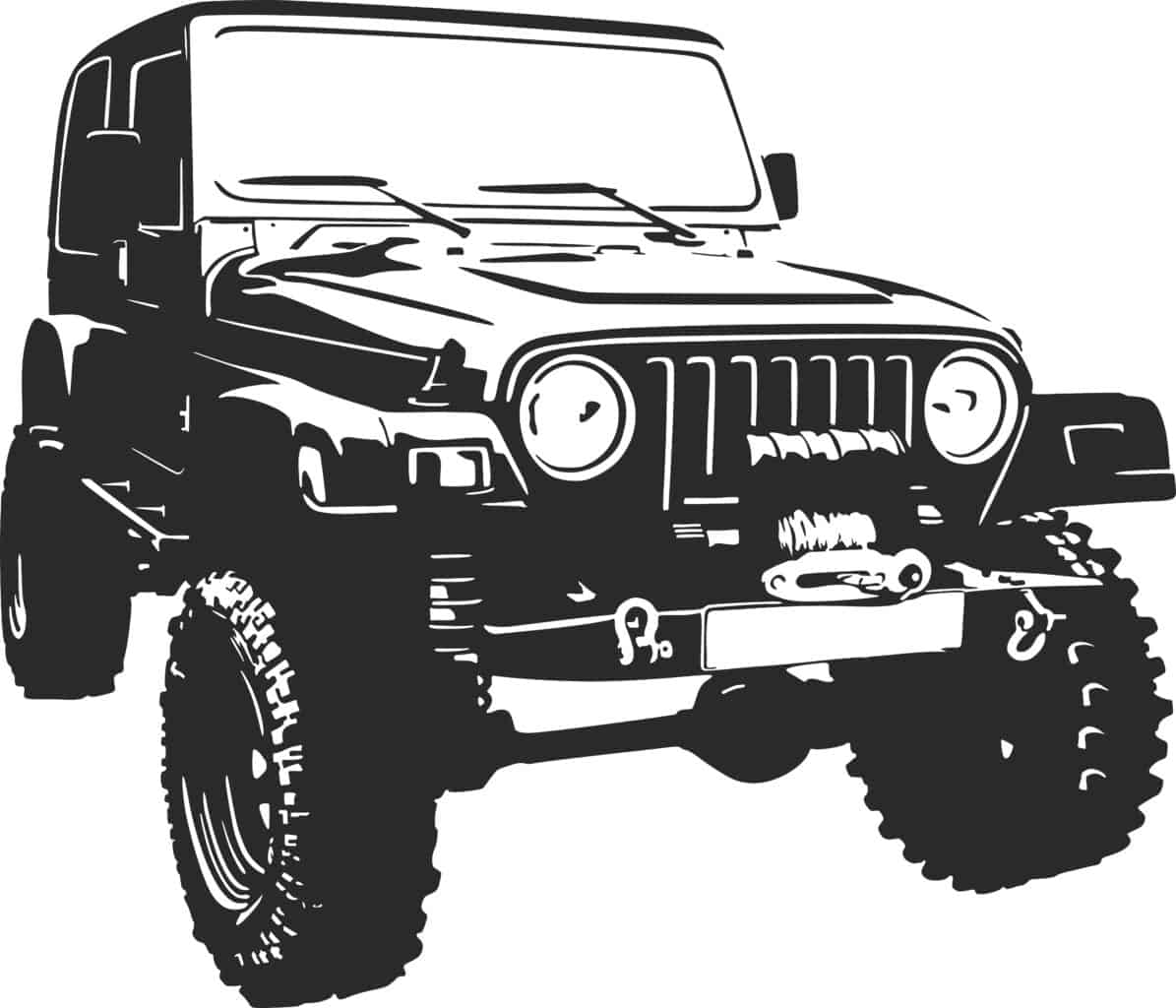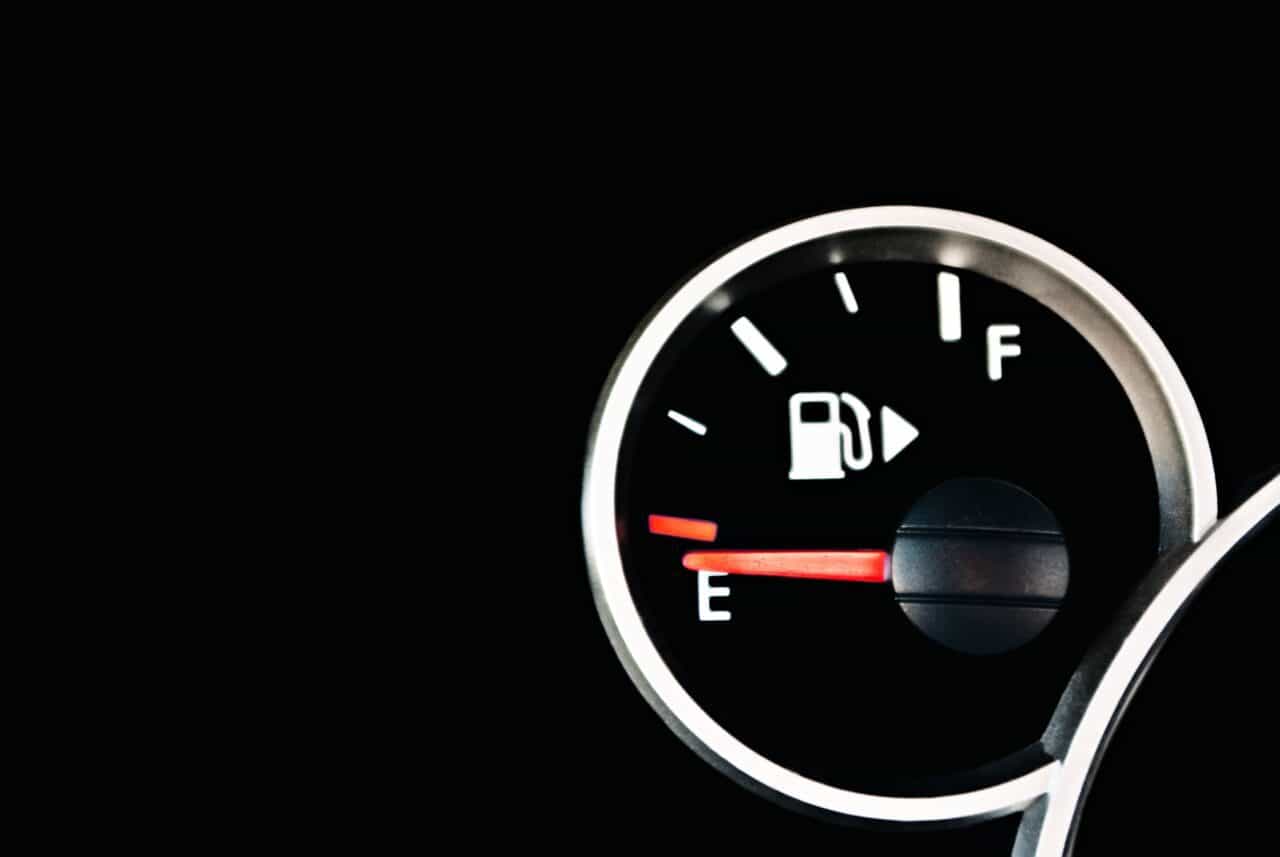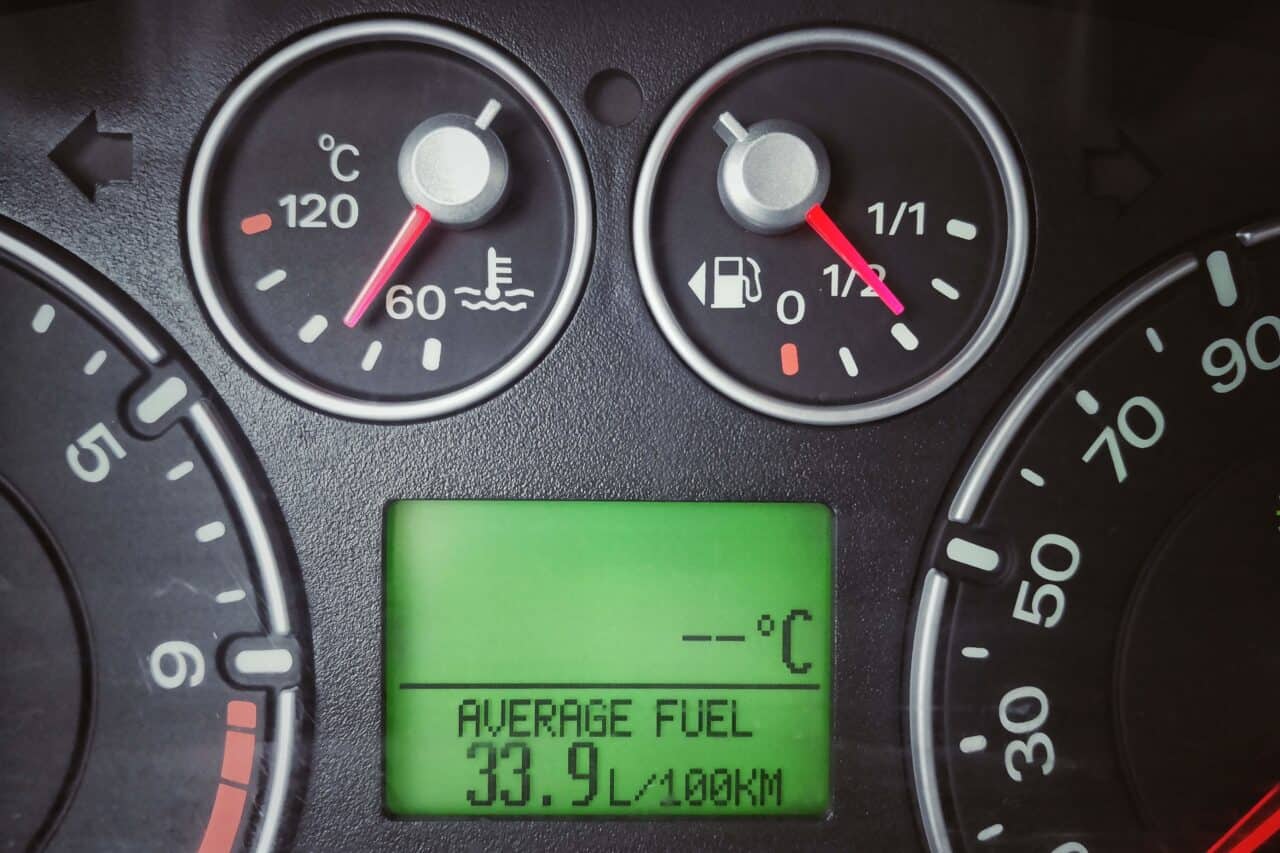Does Lifting a Jeep affect Gas Mileage?

It’s no secret that ground clearance has a huge impact on a vehicle’s ability to go off-road. Because of this, it is easy to see why the possibility of lifting your Jeep Wrangler may be attractive to you. You may wonder, however, how lifting your Jeep may impact its performance.
Lifting a Jeep does decrease the fuel economy of the vehicle. Larger, heavier tires will require more energy to move, and a higher car will have more drag, resulting in more gas consumption. There are, however, some steps that can mitigate the fuel efficiency loss.
The changes that occur when a vehicle is lifted are greater than you might have thought, and it’s important to be familiar with those changes so you know what to expect. I will also cover the changes you can make to reduce the loss of fuel economy, which may address your concerns.
What Causes the Loss of Fuel Efficiency?
The first part of this is easily understood and explained. A Jeep that is higher off the ground will experience more drag when moving at high speeds. This drag forces the vehicle to work that much harder to overcome the force of the air pushing against it so it can maintain speed. This is the simplest part of the answer, but it also has less impact than other factors.

The biggest factor in decreasing fuel economy due to a lift is the tires and wheels. When you lift a Jeep, you will probably want to replace the tires with bigger ones to fit the new larger space. Part of the problem here is the issue of weight. Tires are heavy, and big tires are heavier, which is more weight for your vehicle to carry around.
The larger part of this problem is the way the tire interacts with the ground. The more surface area of the rubber that is in contact with the ground, the more friction there will be. This will force the engine to work harder in order to overcome the amount of friction holding the vehicle back.
In addition to the surface area being greater, it is common to replace the tires on a Jeep with a more aggressive, off-road tire. These are great for off-roading because they increase a tire’s ability to grip difficult terrain. That increased grip doesn’t go away when you drive on a road, and this increases the amount of friction coming from the tires even more. This combination kills gas mileage and leaves you with a less efficient car.
Other, more minor changes happen when you lift a Jeep. One is that your steering will loosen up, which isn’t too terribly bad on its own, but it will force you to take turns slower, which will force you to accelerate more aggressively our of them, which will burn through your fuel more quickly.
You also need to remember that any weight added onto the vehicle during a lift will have a negative impact on your fuel economy. Modifications like lifts do a lot to decrease the gas mileage of a vehicle if you do not properly address the issues that a lift kit brings.
What Can You Do to Mitigate Efficiency Loss?
The fact that your Jeep will lose fuel efficiency can be a pretty large incentive not to go ahead with the modification, but you don’t have to completely resign yourself to having a stock Jeep–there are things that you can do in order to reduce the fuel efficiency drop.
The first thing you can do is adjust the way that you drive. It’s no secret that aggressive driving is a drain on your fuel efficiency and that loss of efficiency is effectively multiplied when you drive aggressively in a lifted vehicle. If you adopt a less aggressive driving style, you’ll see less efficiency loss.
You might be wondering what kind of driving will maximize your fuel efficiency, and there are a few specific habits you would benefit from getting into. Limit the amount of driving you do with a cold engine–try to warm up your engine before driving. A second tip is to stop and accelerate slowly. Fast acceleration is one of the biggest drains on your fuel efficiency.
You should also consider avoiding speeding, as your optimal fuel efficiency is usually lower than speed limits, so going even beyond that will decrease your fuel efficiency further. Finally, try to avoid idling. Turn your car off anywhere where you are stopped and it is safe to do so.
Those are habits that you can get into, but there is a mechanical change that you can have done to help your fuel efficiency. When you increase the size of your tires, the gearing for your car is off because it was geared for the previous tire size. This causes a large decrease in inefficiency in your vehicle.
The good news is that you can have your Jeep re-geared to match the new set of tires. Be careful when having this done, as the right gearing should solve your fuel problems, but the wrong gearing could make it worse. Re-gearing is the best way to address fuel efficiency loss after lifting a Jeep.
The cost for parts and labor for this modification can vary quite a bit based on what parts you choose, who you go to, and where you live. In general, you should expect to spend a minimum of $2000 on parts, and labor costs will be added on top of that. I know it seems like money thrown away, but it will help with your fuel efficiency.
Cold air intakes have also been used to increase efficacy and may help you in compensating for the change in MPG from a lift. These cost anywhere from $150 – $600 which can absolutely be worth the cost.

Best Lift Kits for Jeeps
This question has the potential to vary drastically. There are two main reasons for this–the first is that the year and exact model of your Jeep may affect the type of lift kit compatible with your vehicle. The second is the reason you have for lifting your Jeep. Are you doing it simply for aesthetic purposes? Do you want to be able to go just a bit off the beaten path? Or do you want a full-fledged, off-road-ready vehicle?
Your stock model Jeep will be capable of a great deal as it is, so if you’re looking for something to take you to your out-of-the-way camping destination, chances are you won’t need to modify your Jeep at all.
If you are looking to lift your Jeep for aesthetic purposes, my first suggestion is this basic lift kit. It’s inexpensive–less than $70–and it adds almost no weight to your vehicle. That will be beneficial for your fuel economy. The lift is only 0.75 inches, but it’s enough to add a larger wheel size to your Jeep.
It is important to note that when you add larger tires for a look, you may be giving up some functionality of the vehicle in off-road conditions. As the top of the tire will sit closer to the top of the wheel well, larger bumps may very well cause your tires to rub. This isn’t a huge deal if your Jeep is your daily driver, but it may cause issues off-road.
If it’s about more than just an increase in tire size for you, and you want your Jeep to be higher off the ground, this lift kit might be more to your liking.
Still lightweight, this lift won’t immediately destroy your gas mileage with bulk, this kit adds an additional two inches of height. That might not seem like much, but it is a greater increase than you would imagine, and you’ll still have more options for tire size.
When it comes to finding the best lift kit for an off-road jeep, there are many factors to consider. Gas mileage tends to take that back seat in favor of more climbing ability. But fuel efficiency can’t be completely forgotten or you might run out of fuel while you’re off-road.
The type of Jeep that you have changes the lift kit you can install on your vehicle. Assuming you drive a Wrangler, whether it is a 2-door or a 4-door will change the lift kits you have to choose from, though many lift kits are available for both 2 and 4-door models.
Generally speaking, you are going to want to lift your Jeep at least 4 inches to maximize your off-road experience. Something like this is great if you have an early 2000s Wrangler TJ. It provides you with enough lift to conquer most off-road trails.
Something like this is perfect if you have a newer Wrangler JK. Like the previously mentioned kit, this provides a 4-inch lift which is perfect for off-roading. When it comes to off-roading and lift kits, it’s hard to go wrong with Rough Country, which makes both of these lift kits.
Lift kits for true off-roading are going to be heavy, and are not designed to maintain fuel efficiency. There best way to mitigate your loss in fuel efficiency is to have your Jeep re-geared when you have a lift kit installed. Remember to adjust your driving habits and you should still get decent mileage from your Jeep.
